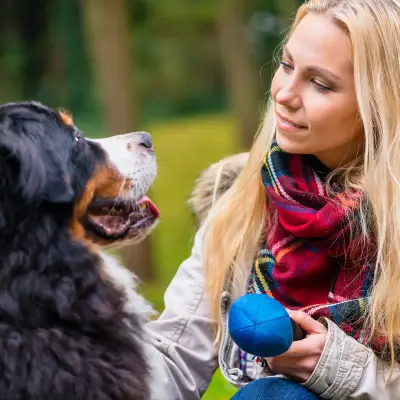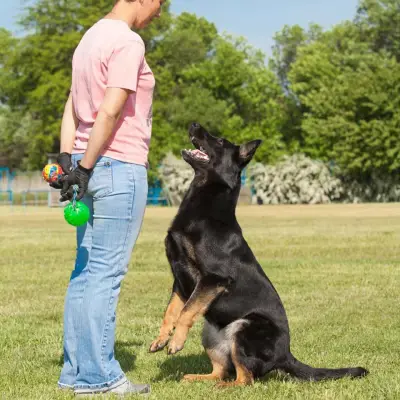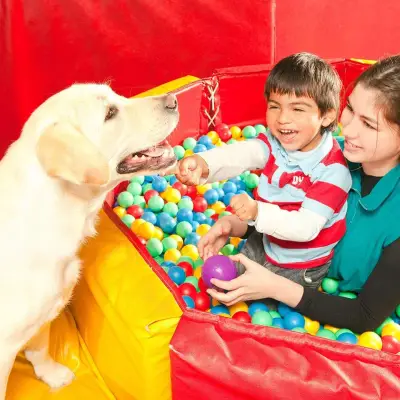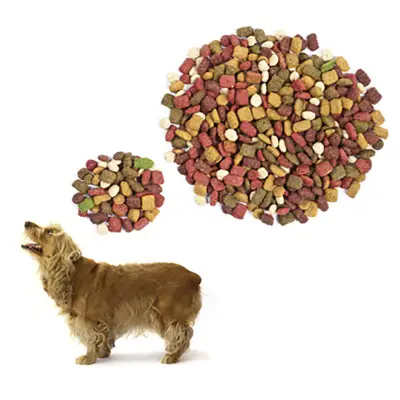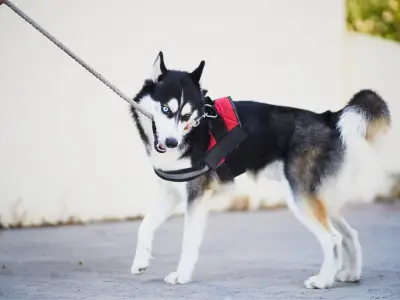Are you curious about how Reiki might benefit your pet? Initially developed for humans, this holistic approach has found a special place in animal care, offering a unique way to connect with and support our furry friends.
In this comprehensive guide, we'll explore the gentle art of Reiki for animals, focusing on its calming and healing effects.
Jump to:
What is Reiki?
Reiki, a form of energy healing, originated in Japan in the early 20th century. It involves the transfer of energy from practitioner to patient to enhance the body's natural healing process and promote wellbeing. Reiki for animals, also known as animal Reiki, adapts these principles to cater specifically to pets, including dogs, cats, and horses.
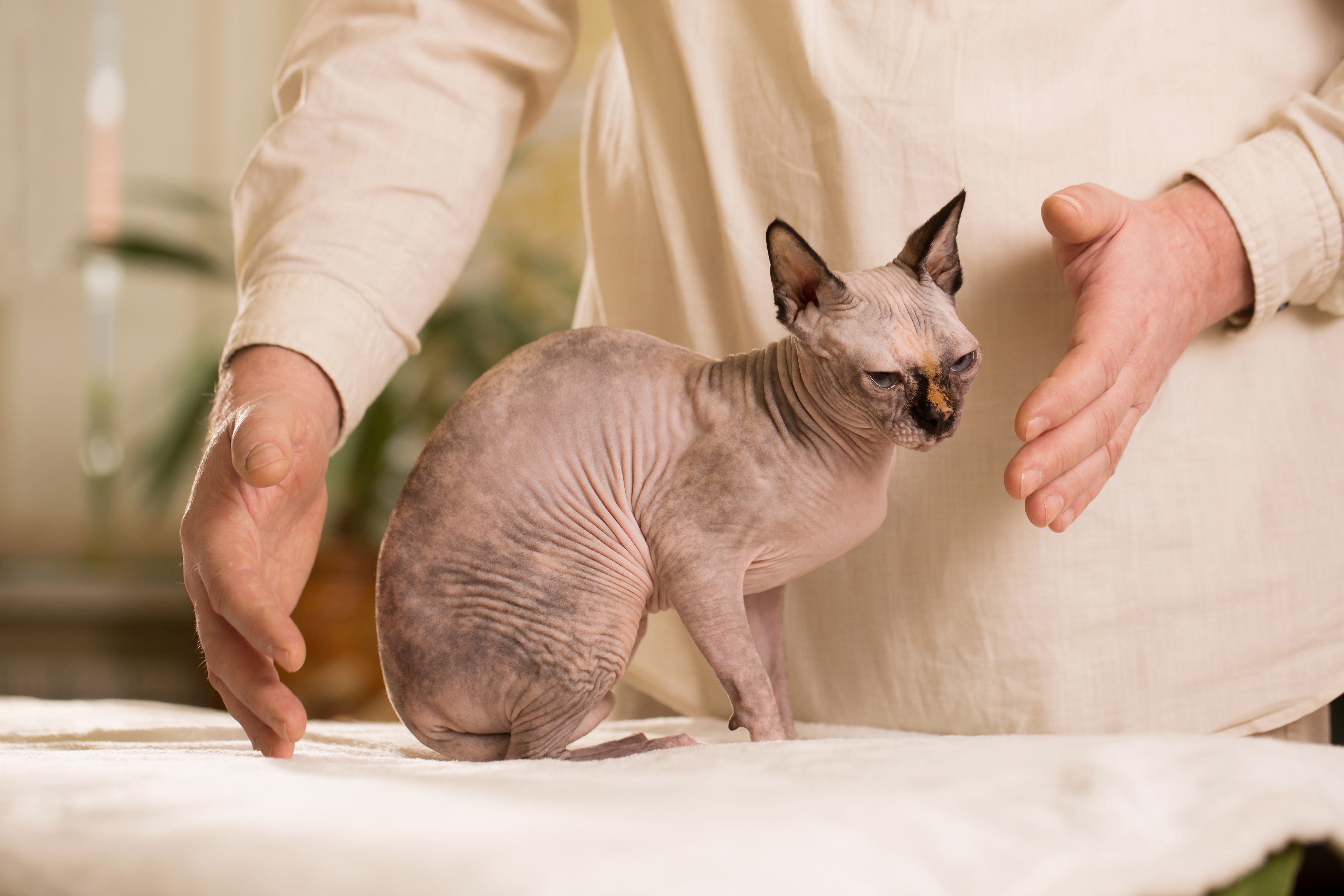
How Does Reiki Work for Pets?
When performing Reiki on dogs or cats, the practitioner typically places their hands on or near the pet, allowing the transfer of energy. This can have a soothing effect, promoting relaxation and helping to ease various emotional or physical ailments.
Reiki Energy Healing for Cats and Dogs
Reiki for dogs and cats involves a practitioner using their hands to channel energy into your pet's body. This process is believed to stimulate the animal’s natural healing abilities. It's a non-invasive method that can be particularly helpful for pets experiencing stress, anxiety, or physical health issues.
Can Reiki Calm Dogs?
Reiki can absolutely be an effective tool for calming dogs. The gentle energy flow of Reiki is known to soothe and relax pets, particularly those dealing with anxiety or stress. This calming effect can significantly improve their overall wellbeing and quality of life. Remember, each dog is unique, so their response to Reiki might vary. The key is patience and attentiveness to their needs and comfort levels.
Reiki for Horses: Equine Reiki
Equine Reiki is another area where this healing technique shines. Horses, sensitive and intuitive creatures, respond well to Reiki's energy, which can help manage stress, pain, and behavioural issues.
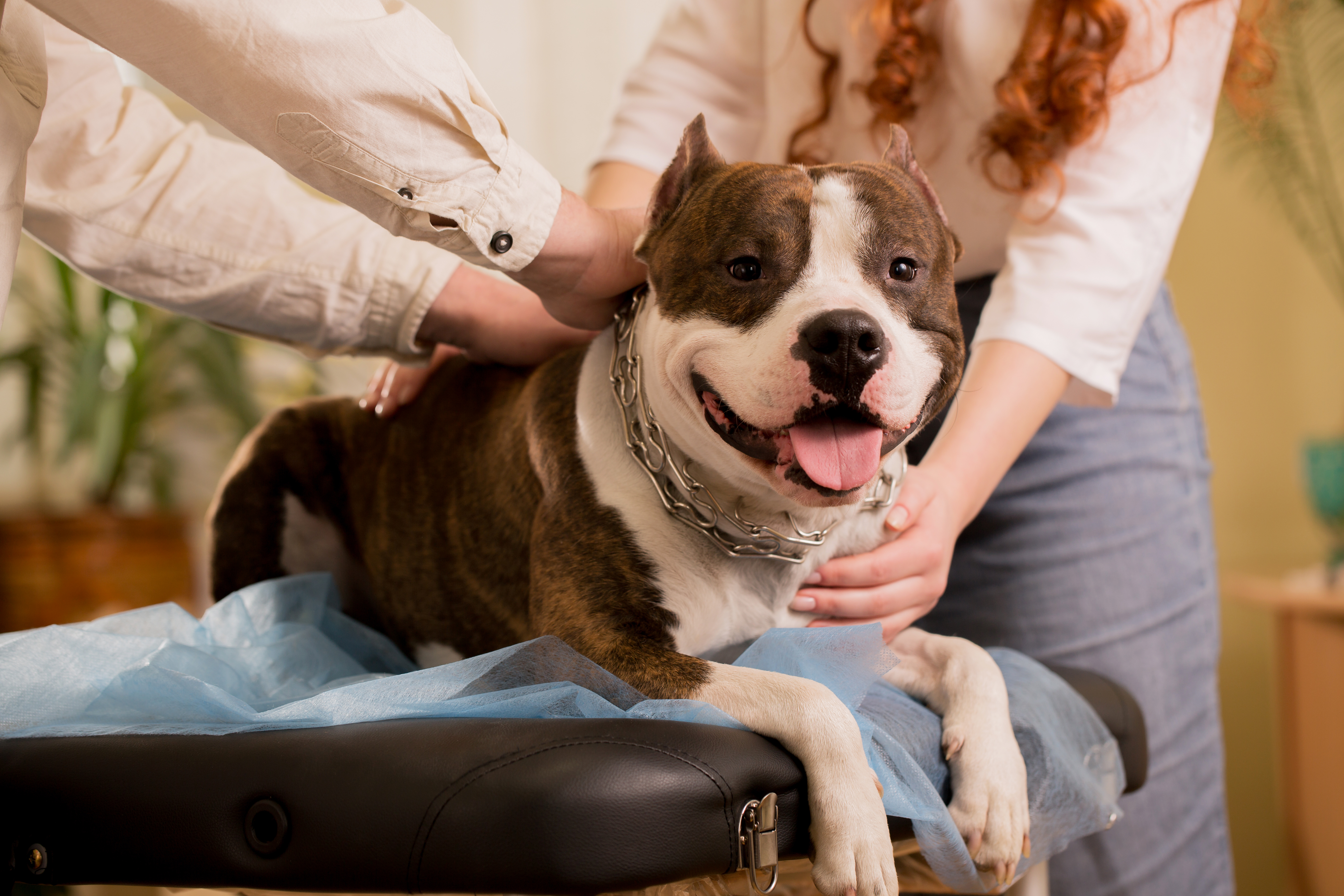
The Benefits of Reiki for Animals
Reiki for animals can offer numerous benefits:
- Stress Reduction: Reiki has been known to help calm anxious pets, providing a sense of peace and relaxation.
- Pain Relief: Reiki can complement medical treatments by offering additional relief for pets with chronic pain or after surgery.
- Emotional Healing: Animals that have experienced trauma or stress, such as rescue dogs, can benefit from the emotional balance Reiki provides.
- Improved Recovery from Illness and Surgery: Reiki can accelerate healing, helping pets recover more swiftly from illness and post-operative conditions.
- Strengthened Immune System: Regular Reiki sessions can contribute to a stronger immune system in pets, helping them to better resist infections and diseases.
- Behavioural Improvement: Pets with behavioural issues, often stemming from anxiety or past trauma, can show significant improvement with Reiki treatments.
- Deeper Bond Between Pet and Owner: The shared experience of Reiki can enhance the emotional connection between pets and their owners, fostering a deeper understanding and bond.
- Increased Energy and Vitality: Some pets may experience a boost in energy and vitality, especially older animals, as Reiki helps to revitalise their body and spirit.
- Easing End-of-Life Transition: For pets nearing the end of their lives, Reiki can provide comfort, peace, and dignity, making their transition a gentler process.
How to Perform Reiki on Pets: A Step-by-Step Guide
Reiki can be a soothing experience for pets when done with care and sensitivity. Here's a step-by-step guide to help you perform Reiki on your animal companions, particularly focusing on dogs:
Recommended for you!
Best Sellers1. Create a Calm Environment
Start by ensuring the space is quiet and free from distractions. A peaceful setting helps your pet feel relaxed and receptive to Reiki.
2. Allow Your Pet to Settle
Give your dog some time to become comfortable in the space. They mustn't feel rushed or forced into the experience.
3. Approach Gently
Slowly approach your pet, maintaining a calm and soothing demeanour. Your energy and mood can influence your pet's response.
4. Initiate the Connection
Begin by lightly placing your hands above or gently on your pet. You don't need to apply pressure; the intention is to create an energy connection, not a physical massage.
5. Focus on Calming Energy
Concentrate on transmitting soothing, healing energy through your hands. Envision a gentle flow of warmth or light moving from you to your pet.
6. Observe Your Pet’s Response
Pay close attention to how your pet reacts. Look for signs of relaxation like a soft gaze, a sigh, or lying down. If they seem uncomfortable, adjust your hand placement or give them space.
7. Adjust Technique Accordingly
Each pet will respond differently to Reiki. Some may prefer you to focus on specific areas, while others might like a more general approach. Let your pet guide you.
8. Maintain a Quiet and Supportive Presence
Throughout the session, keep your movements slow and your environment quiet. Offer verbal reassurance softly if it seems to comfort your pet.
9. Respect Your Pet’s Limits
Keep the session for as long as your pet is comfortable. Some may enjoy longer sessions, while others may benefit from shorter, more frequent ones.
10. Conclude with Gratitude
When you feel the session is complete, slowly remove your hands and thank your pet for participating. Allow them to leave the space at their own pace.

Clarifying Misconceptions About Reiki for Pets
Let’s address some common misconceptions about Reiki for pets to provide a clearer understanding of what Reiki is:
Misconception: Reiki is a Substitute for Veterinary Care
Reality: Reiki should be seen as a complementary therapy, not a replacement for traditional veterinary care. It works alongside medical treatments to enhance your pet's healing and wellbeing.
Misconception: Reiki Involves Physical Manipulation
Reality: Unlike massage therapy, Reiki doesn't involve physical manipulation. It's a gentle practice where energy is channelled through the hands to the pet, often without direct touch.
Misconception: All Pets React the Same Way to Reiki
Reality: Just like humans, each pet responds uniquely to Reiki. Some may show immediate signs of relaxation, while others may take several sessions to respond visibly.
Misconception: Reiki is Only for Sick or Stressed Pets
Reality: While Reiki can be incredibly beneficial for pets dealing with illness or stress, it's also a wonderful way to maintain overall wellbeing in healthy animals.
Misconception: Reiki Can Be Traumatic or Stressful for Pets
Reality: Reiki is a non-invasive, gentle practice. Most pets find Reiki sessions very relaxing. However, it's important to always respect a pet's space and comfort during the session.
Misconception: Reiki is Only for Dogs and Cats
Reality: Reiki is versatile and can be adapted to benefit a wide range of animals, including horses, rabbits, birds, and even reptiles.
Master Reiki for Pets with Centre of Excellence
If you're interested in learning how to perform Reiki on your pets, consider enrolling in a course to get a deeper understanding and proper training. Our Animal Reiki Diploma Course provides comprehensive training in this fascinating field. Learn how to harmonise and heal your pets, and discover the profound bond that Reiki can create between you and your animal friends.
Enjoy our course for just £29 today, saving you £118.

